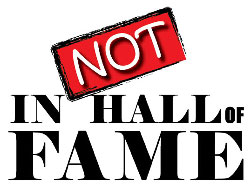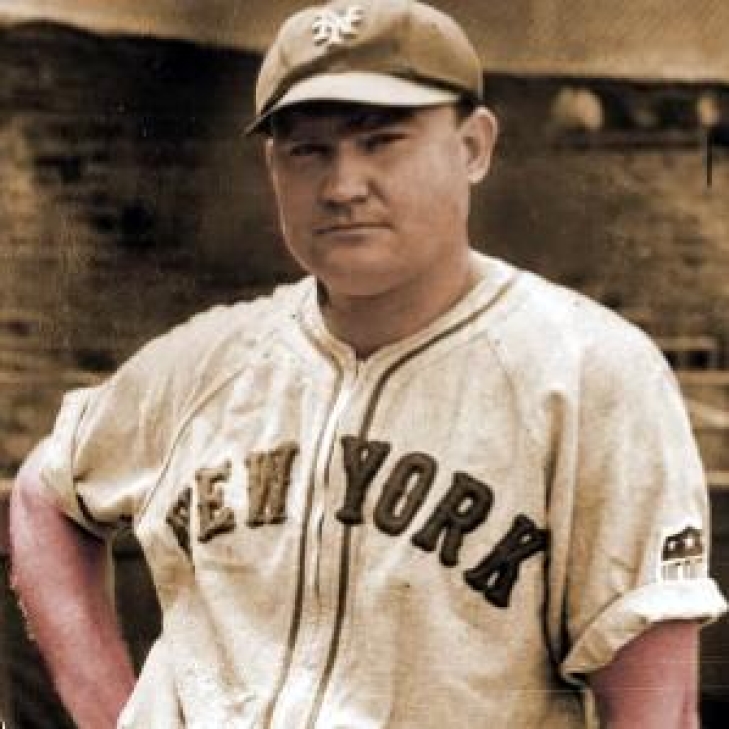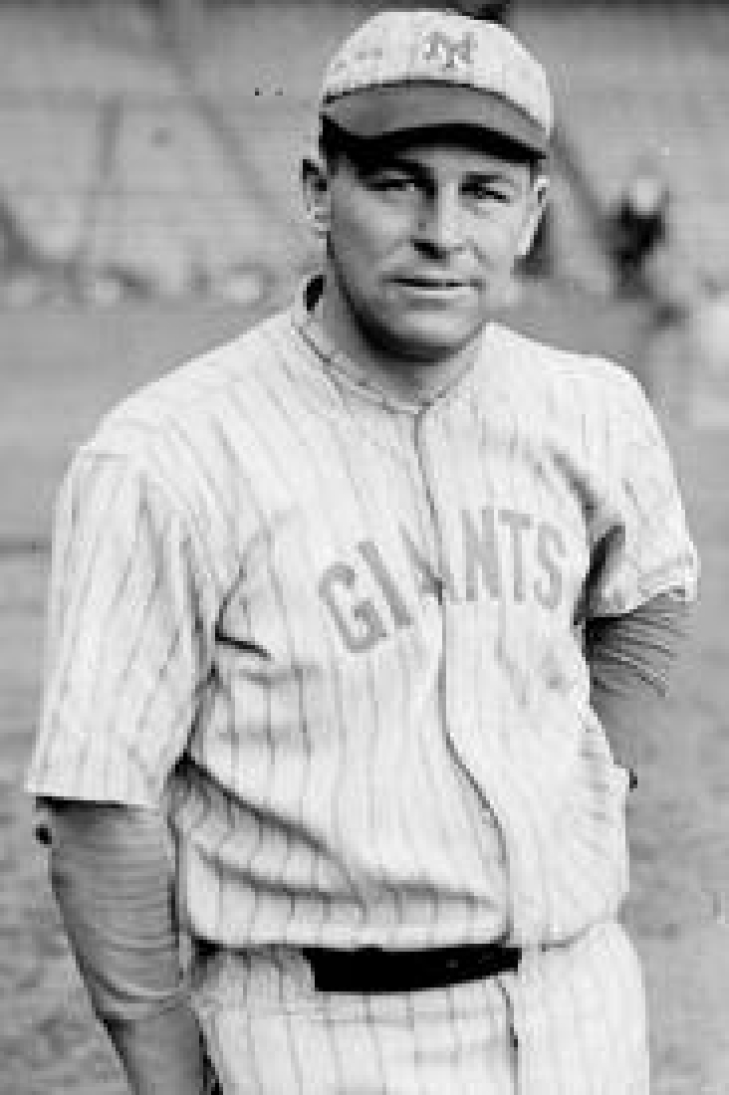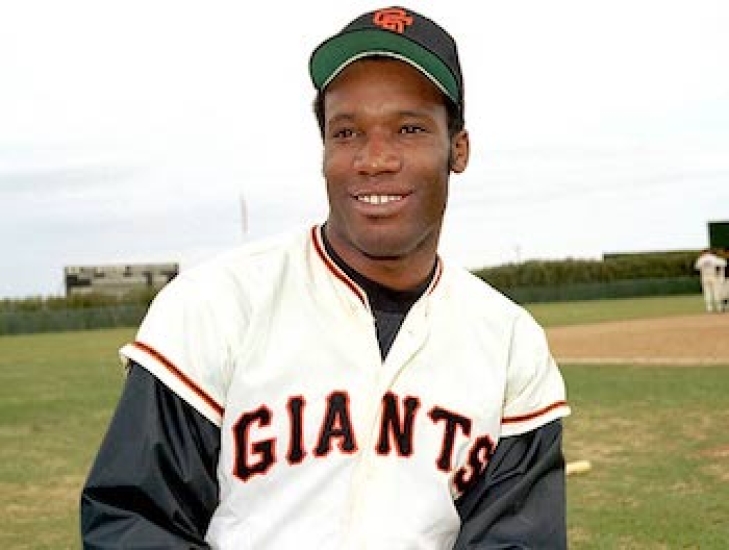
Committee Chairman
34. Tim Lincecum
You don’t acquire the nickname of “The Freak” as an athlete when you are undersized. Well, that is unless you are Tim Lincecum.
The Golden Spikes winner from the University of Washington stood at 5" 11" and 170 pounds, and with a choir boy face, he did not look like a power pitcher, but he was not only as a Husky but for the Giants, who used a First Round Pick (10thOverall) to take him in 2006.
Lincecum only needed one year to make it to the main roster, and in his sophomore year, he was named the Cy Young winner after posting an 18-5 record, a 2.62 ERA while leading the NL in Strikeouts (265), ERA+ (168), FIP (2.62), H/9 (7.2) and SO/9 (10.5). It was the best season of his career but not his last great one.
The right-hander joined the elite group by becoming a back-to-back Cy Young winner. Lincecum’s 2009 saw the Pitcher go 15-7 with a 2.48 ERA (his best) while again finishing first in Strikeouts (261) while again topping the NL in FIP (2.34). These were Lincecum’s best years, but not his peak period still had some juice.
Lincecum went to his third consecutive All-Star Game in 2010 while also going number one in Ks for the third straight time. Tenth in Cy Young voting, Lincecum, aced the Giants to their first World Series Title in years, and his star shone the brightest.
Lincecum went to his last All-Star Game in 2011, but following that year, he struggled and was no longer the same dominator he once was. Every year, Lincecum’s stats eroded, but he was still helpful in their 2012 World Series win. The Giants again won the World Series in 2014, though Lincecum’s participation was minimal. He left the Giants for one final year in the Majors with the Angels in 2016, and though his career fizzled, you can’t discount that this is the only two-time Cy Young winner in franchise history. Lincecum’s overall pitching stats are lower than other moundsmen in franchise history, but his brief period of dominance dwarfs many above him on this list.
32. Johnny Mize
Johnny Mize was already a four-time All-Star and two-time MVP runner-up for the St. Louis Cardinals, but the New York Giants coveted the First Baseman, as their player, Babe Young, was about to serve in the military for World War II. The Giants purchased Mize's contract in 1942, and he had another good year, winning the Slugging Title (.521) and RBI Title (110) while batting .305. He was named an All-Star, but like so many, Mize had to depart for his military duty and would not return until 1946.
Mize was able to come back in 1946, and though he was in his early 30s, he was still a potent hitter and had his best power seasons in Baseball. In 1947, he was third in MVP voting, leading the NL in Runs (137), Home Runs (51), and RBIs (137) and batting over .300 for the last time in his career (.302). Mize again won the Home Run Title in 1948 (41).
As good as Mize remained, the Giants traded him to the Yankees, where he was still a capable batter and would help the Yankees win five consecutive World Series Titles (1949-53). With the Giants, he blasted 157 Home Runs with a .299 Batting Average.
Mize was finally elected into the Baseball Hall of Fame in 1981 via the Veterans Committee.
29. Ross Youngs
Playing his entire career with the New York Giants, Ross Youngs had the affable nickname of "Pep" due to his playing style, which made him popular among fans and teammates.
Youngs made it to the Majors with New York late in 1917 and was penciled in as a starting Outfielder the year after. Emerging as one of the better contact hitters, Youngs strung together a seven-year streak of batting over .300, twice going over .350; though he never won a Batting or On Base Percentage Title, he was in the hunt for many and twice led the NL in Times on Base.
Defensively, Youngs was also a decent player, though he was a four-time position leader in Errors and a five-time position leader in Assists. His overall play and positive attitude helped the Giants win the 1921 and 1921 World Series.
Youngs career was sadly cut short in 1926 following a kidney disease that would take his life a year later at age 30.
Youngs was a Hall of Fame selection by the Veteran’s Committee in 1972, though it was considered controversial, as any of his former teammates were on the committee. Regardless, he has that plaque in Cooperstown.
24. Bobby Bonds
The father of the eventual Home Run King, Barry Bonds, Bobby Bonds, was one hell of a baseball player himself and the first man with that surname to be an All-Star in San Francisco.
Bonds debuted for the Giants in 1966, and before long, we had the prototype for the Power-Speed # statistic (which he led nine times, five as a Giant) that would come in vogue decades later. The speedy Rightfielder stole bases the same way he went deep, which was often. Bonds became the first player to have a 30 Home Run/30 Stolen Base year, and he would do so five times! An All-Star twice in San Francisco, Bonds became a new type of leadoff hitter who could set the table and clear it with the same ease. Defensively, he was also very good, winning three Gold Gloves.
Bonds, who would become the second player behind his teammate, Willie Mays, to have 300 Home Runs and 300 Stolen Bases, was traded to the Yankees in 1974. Bonds collected 1,106 Hits with 186 Home Runs and 263 Stolen Bases as a Giant.
In 2008, Bonds was part of San Francisco's first Wall of Fame Class.





